Installation Technology Losses In Pipe Bends
Categories: Engineering Lab EquipmentIn addition to pressure losses due to pipe friction, pipes through which water flows experience pressure losses at changes in pipe direction. In practice, various changes in pipe direction with differ...
Product
Description
In addition to pressure losses due to pipe friction, pipes
through which water flows experience pressure losses at changes in pipe
direction. In practice, various changes in pipe direction with different
geometries are used in pipe networks. It can be used to investigate how
different changes in pipe direction made from different materials affect the
pipe flow. The pipe elements used are commercially standard components in
heating and sanitary engineering. The clear panel is mounted on a sturdy,
movable frame. The trainer consists of four pipe elements with ten deflections
each with the same pipe length. Two measuring sections have different radii and
are made of different materials. A hose connects the desired measuring section.
The flow is adjusted using valves in the inflow and return and read on a
rotameter.
Learning Objectives/Experiments
Flow measurement
Differential pressure measurement
Effect of flow and surface roughness
Effect of the flow velocity
Effect of changes in pipe direction
Specification
Investigation of the pressure loss at pipe elements with
different changes in pipe direction and materials
Pipe elements are commercially standard components in
heating and sanitary engineering
Clear panel mounted on a sturdy, movable frame
Simply selection of the measuring sections via hose
connection with quick-release couplings
Flow can be adjusted via valves
Flow measurement using rotameter
Differential pressure measurement via differential pressure
meter with display
Technical Data
Measuring sections, length: 2300mm
pipe section 1: steel, diameter: 1/2”, 90° pipe angle
pipe section 2: steel, diameter: 1/2”, 90° pipe bend
pipe section 3: copper, diameter: 18x1mm, 90° pipe angle
pipe section 4: copper, diameter: 18x1mm, 90° pipe bend
Measuring ranges
flow rate: 150…1600L/h
differential pressure: ±350mbar
quick overview :
In addition to pressure losses due to pipe friction, pipes
through which water flows experience pressure losses at changes in pipe
direction. In practice, various changes in pipe direction with different
geometries are used in pipe networks. It can be used to investigate how
different changes in pipe direction made from different materials affect the
pipe flow. The pipe elements used are commercially standard components in
heating and sanitary engineering. The clear panel is mounted on a sturdy,
movable frame. The trainer consists of four pipe elements with ten deflections
each with the same pipe length. Two measuring sections have different radii and
are made of different materials. A hose connects the desired measuring section.
The flow is adjusted using valves in the inflow and return and read on a
rotameter.
Learning Objectives/Experiments
Flow measurement
Differential pressure measurement
Effect of flow and surface roughness
Effect of the flow velocity
Effect of changes in pipe direction
Specification
Investigation of the pressure loss at pipe elements with
different changes in pipe direction and materials
Pipe elements are commercially standard components in
heating and sanitary engineering
Clear panel mounted on a sturdy, movable frame
Simply selection of the measuring sections via hose
connection with quick-release couplings
Flow can be adjusted via valves
Flow measurement using rotameter
Differential pressure measurement via differential pressure
meter with display
Technical Data
Measuring sections, length: 2300mm
pipe section 1: steel, diameter: 1/2”, 90° pipe angle
pipe section 2: steel, diameter: 1/2”, 90° pipe bend
pipe section 3: copper, diameter: 18x1mm, 90° pipe angle
pipe section 4: copper, diameter: 18x1mm, 90° pipe bend
Measuring ranges
flow rate: 150…1600L/h
differential pressure: ±350mbar
Product
Reviews
add Review
reviews
No Review Yet.
Copyrights © 2025 All Rights Reserved by Atico






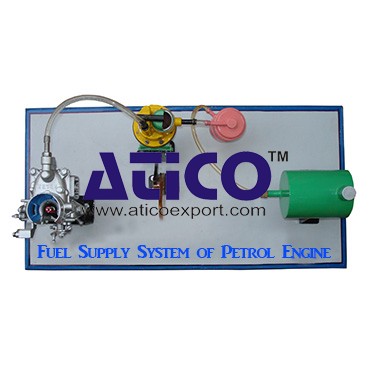

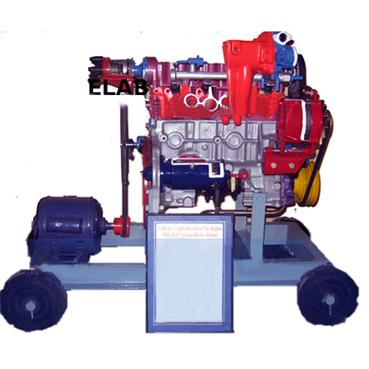
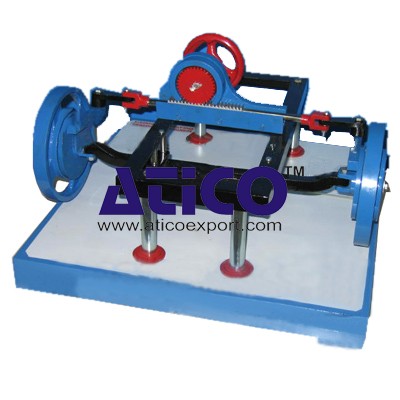


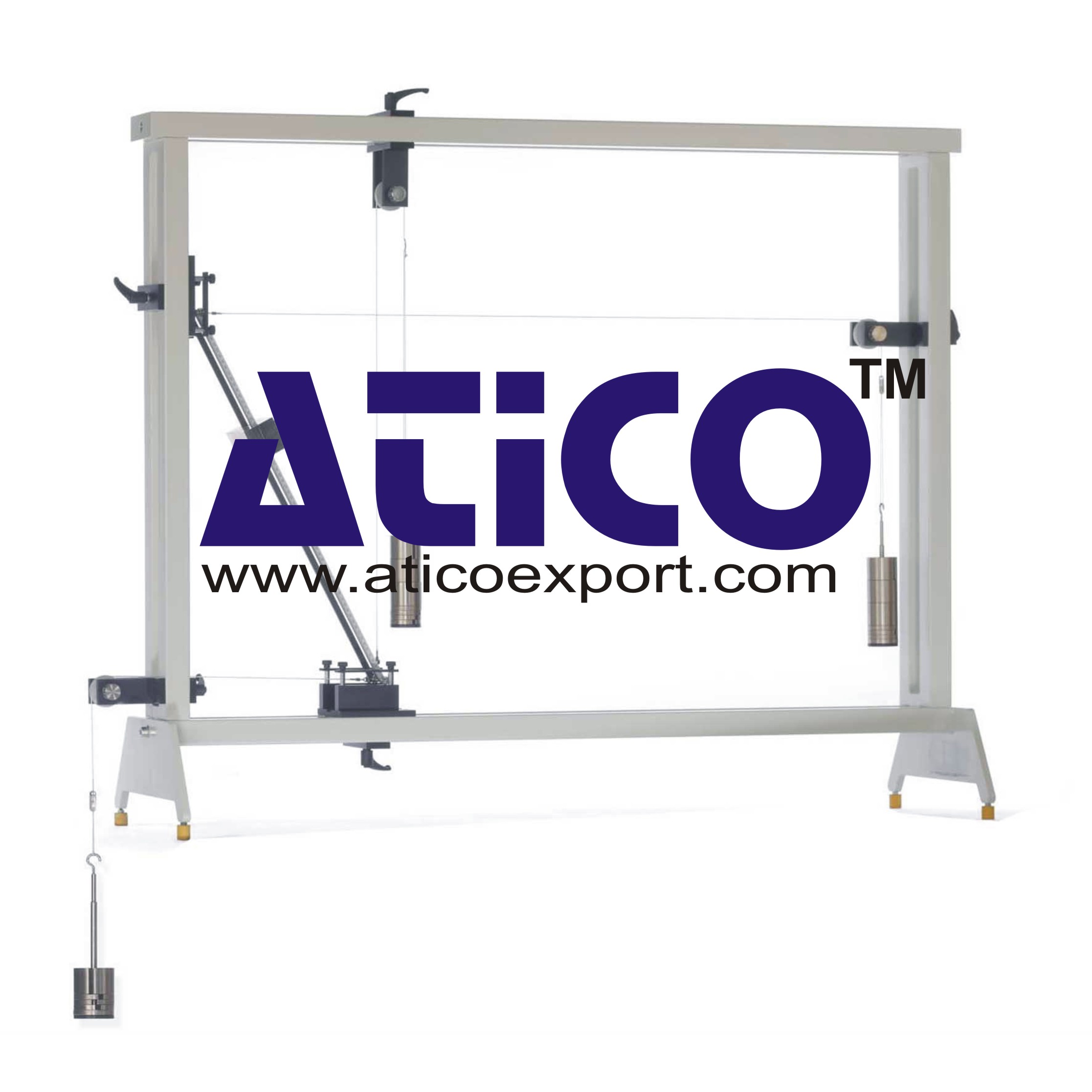
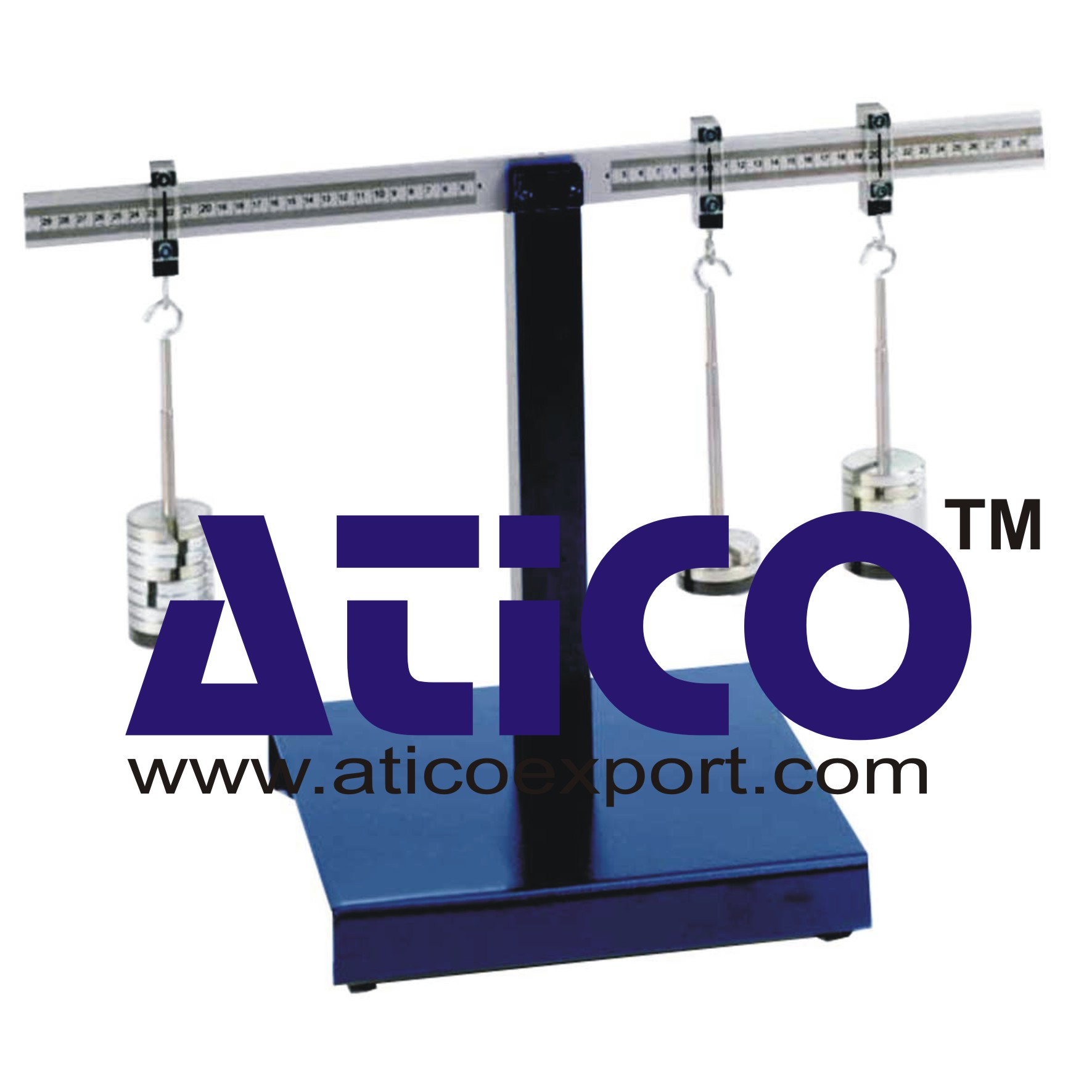
Product
Reviews
add Review
reviews
No Review Yet.